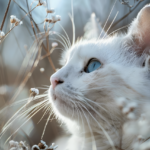Cats have taken the internet by storm, becoming the undisputed stars of memes. What is it about these furry creatures that make them such irresistible subjects for online humor? This article dives into the origins, psychology, and cultural impact of cat memes, aiming to uncover how cats became an emblematic part of digital culture.
A Brief History of Cat Memes
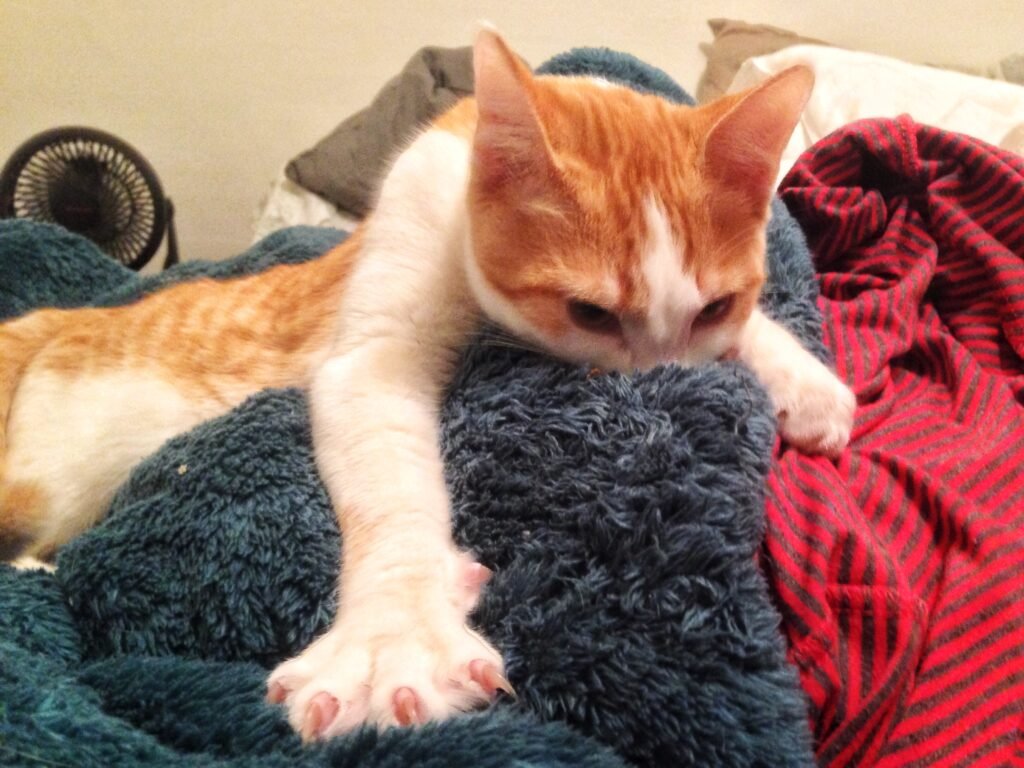
The cat meme phenomenon can be traced back to the early days of the internet. It all began with the simple yet iconic “I Can Has Cheezburger?” image macro featuring a plump British Shorthair cat asking for a cheeseburger. This meme, along with “Keyboard Cat” and “Grumpy Cat,” played a pivotal role in establishing cats as a staple of internet humor. As social media platforms exploded, these images and videos became viral, reaffirming the internet’s adoration for feline antics.
The Appeal of Cats in Digital Culture

Cats are enigmatic creatures, and their complex behavior provides endless content for meme creators. Their quirky personalities, aloofness, and unexpectedly profound expressions resonate with audiences, often reflecting human emotions and social situations. This universality makes cat memes broadly relatable, contributing to their mass appeal.
The Science Behind the Cat Obsession
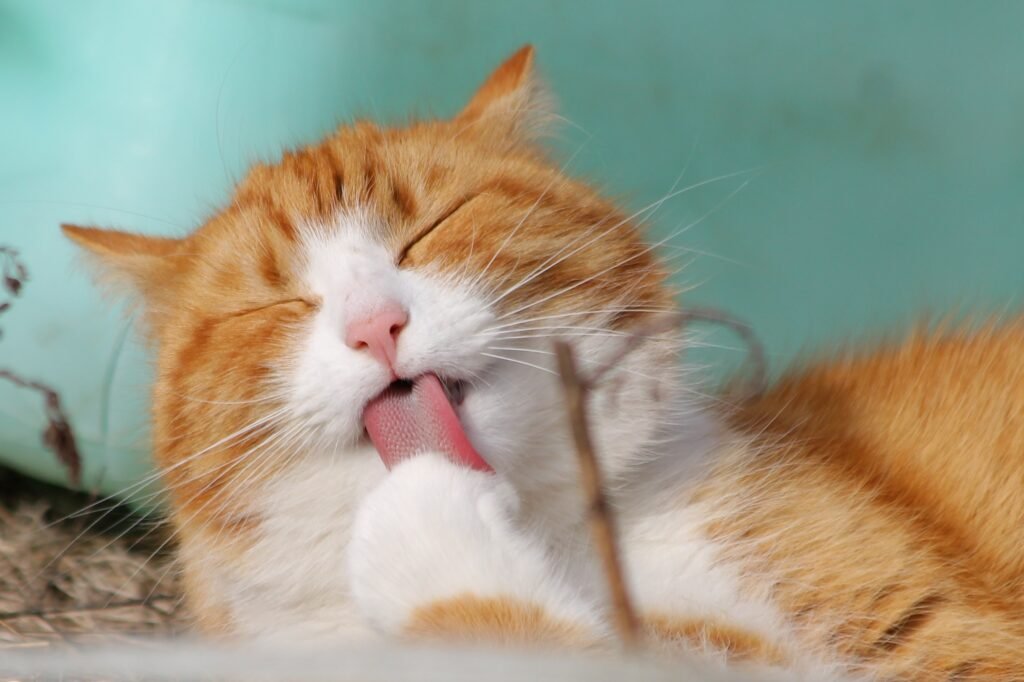
Psychologically, humans are naturally drawn to certain traits in animals that remind us of human babies, such as big eyes and round faces—traits cats possess in abundance. This response taps into the concept of “baby schema,” where we find such features innately cute and endearing. The science of cuteness explains why cat images garner so much attention and shareability online.
The Role of Anthropomorphism
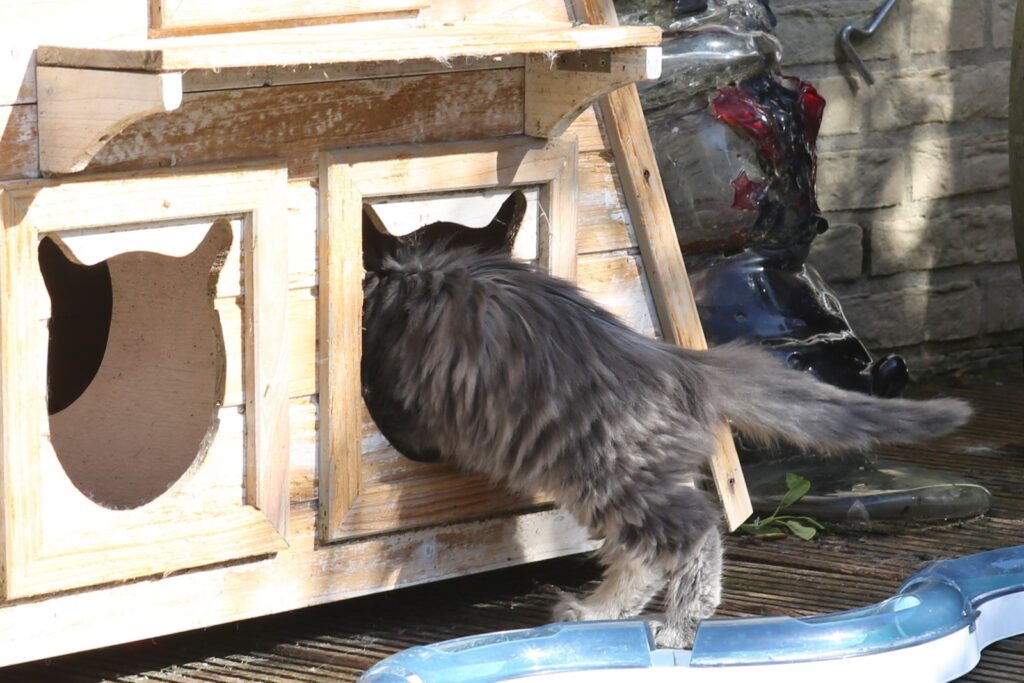
Anthropomorphism, the attribution of human traits to animals, is a key ingredient in the success of cat memes. Cats are frequently depicted with human-like emotions and scenarios, allowing people to project their thoughts, feelings, and humor onto them. This interpretive flexibility enhances the humor and connects emotionally with the audience.
Memes as a Form of Social Commentary
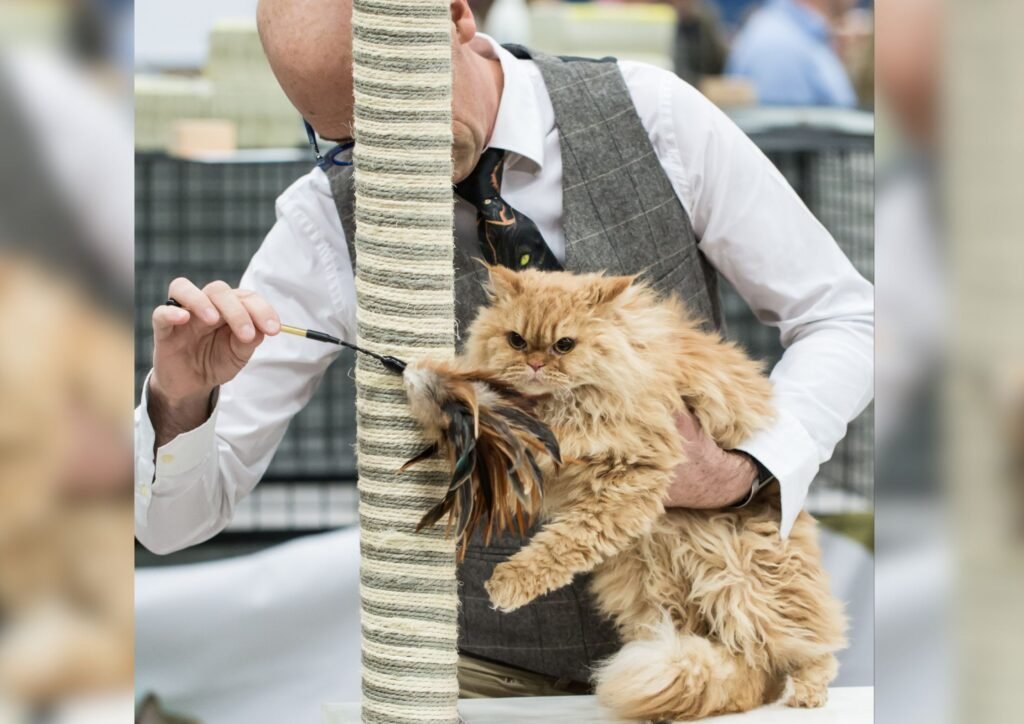
Beyond their humor, cat memes often serve as social commentary. They can encapsulate cultural attitudes, societal anxieties, or everyday frustrations, all cloaked in the seemingly innocuous guise of cat images. This layer of relatability makes them potent tools for communication and cultural expression.
The Algorithm Factor Viral Distribution
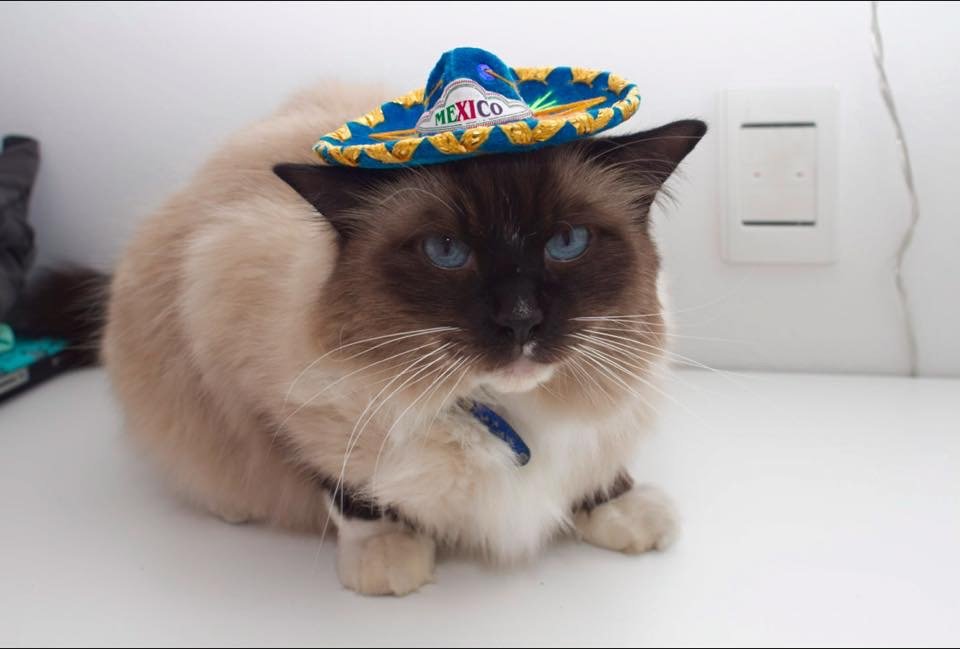
Social media algorithms love content that generates high engagement, and cat memes fit this bill perfectly. The simple yet captivating nature of these memes means they are shared, liked, and commented on more than many other forms of digital content. This interaction boosts their visibility, leading to exponential sharing and virality—a cycle that continues to elevate cats in the digital arena.
The Impact of Influencers and Celebrities

Many internet-famous cats, such as Grumpy Cat and Lil Bub, have gained celebrity status, even inspiring movies, books, and merchandise. The influence of these celebrity cats has solidified the prominence of cat memes in popular culture, demonstrating how individual anecdotes can aggregate into lasting fame.
Community and Connectivity Through Cats

Cat memes have created a global community where people from diverse backgrounds can connect over shared humor. They offer a means of breaking down barriers, allowing for universal laughter that transcends language and cultural differences. This shared digital experience fosters community and camaraderie, uniting people under a common banner of feline appreciation.
The Evolution of Cat Memes
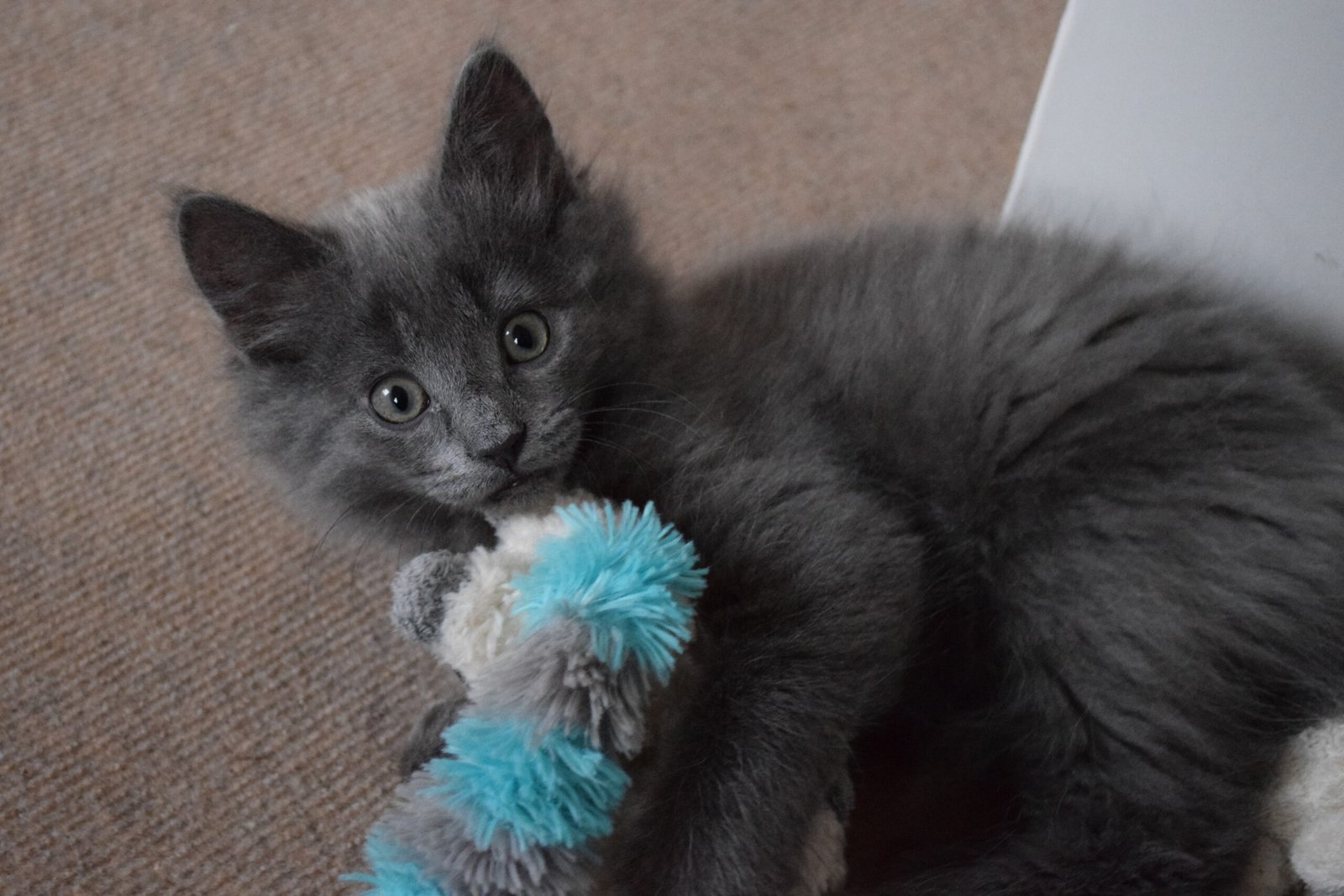
As internet culture evolves, so do cat memes. They have adapted to new platforms like Instagram, TikTok, and Snapchat, incorporating elements like filters, GIFs, and short-form videos. The creativity around these adaptations shows the malleability of the meme format and the enduring charm of cats as a central theme.
Conclusion: Cats as Symbols of Internet Culture
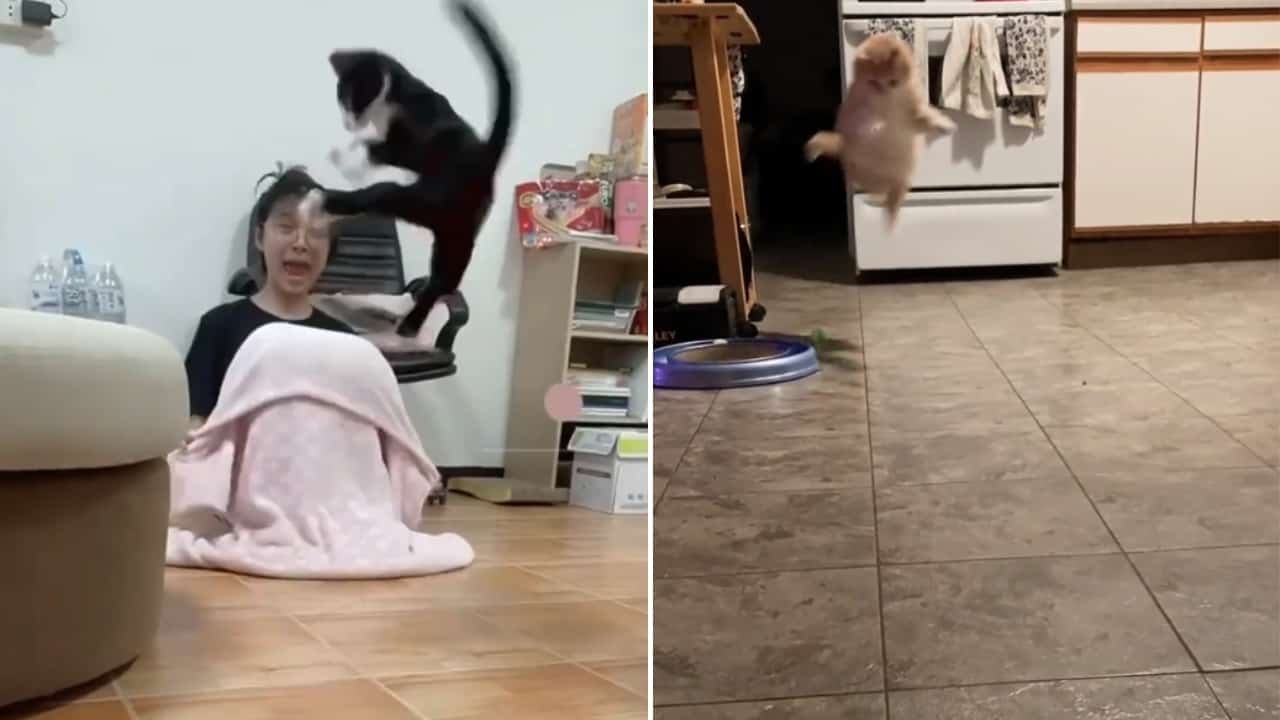
Cats have cemented their place as quintessential symbols of internet culture. Through their unique blend of mystery, cuteness, and relatability, they’ve become an inexhaustible source of creativity and joy in the digital world. As long as there are new platforms and new generations of internet users, it seems cats will continue to reign supreme in the meme world, captivating our hearts and screens alike.






